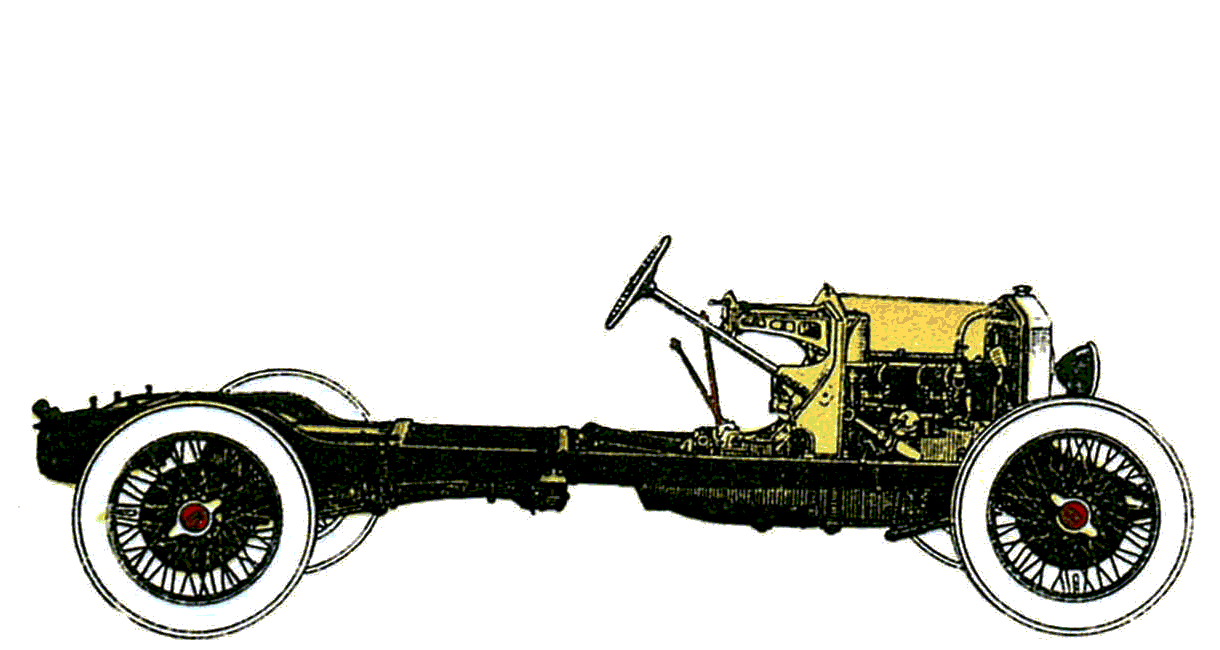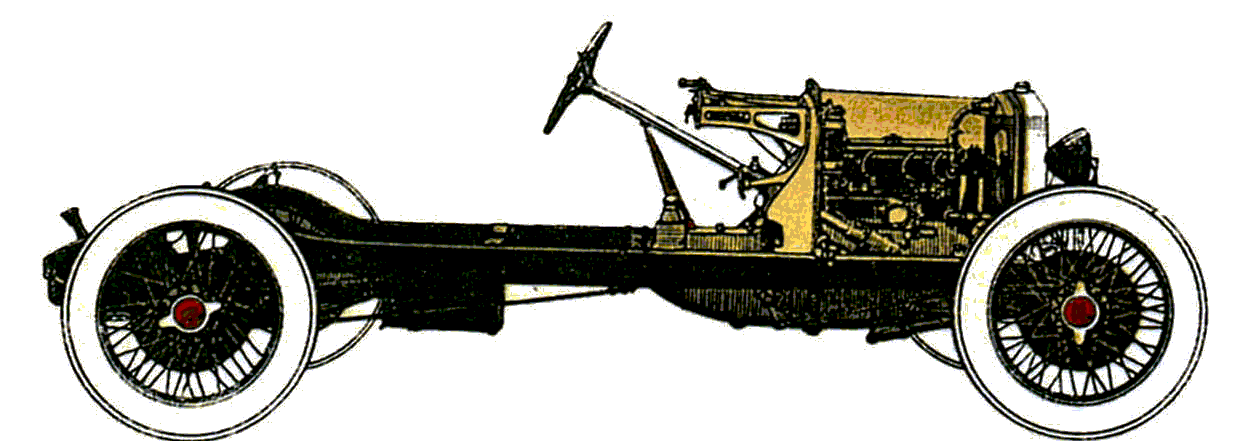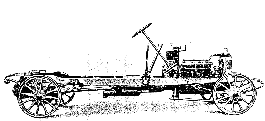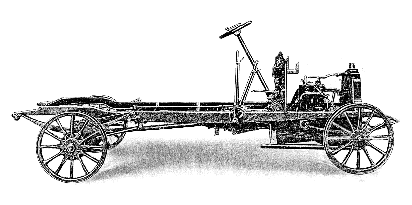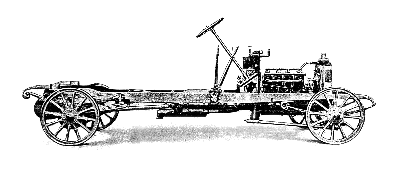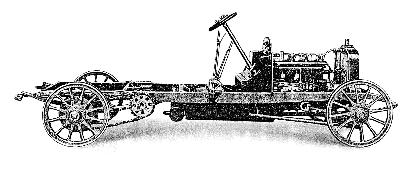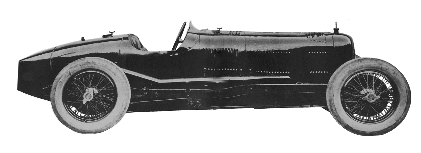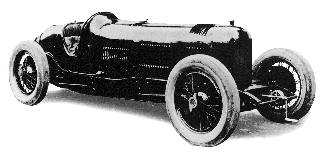MODELS
![]()
|
Chassis type 20 A |
|
The Model 20 A chassis makes an ideal car for touring owing to its very high technical qualities, elegant appearance and distinctive lines; its very high road speed; extreme comfort of its suspension, and for its powerful and progressive 4-wheel braking system. It readily lends itself to the fitting of any type of body from a torpedo to a landaulet, and the luxurious enclosed drive body... See also the original brochure |
|
|
|
|
The Model 30 4-seater torpedo super sports represents a most robust machine of the fastest type; it excels for its very high efficiency and phenomenal acceleration, combined with perfect road holding qualities and a progressive and extremely powerful 4-wheel braking system which render its high road speed practicable... See also the original brochure |
|
|
|
|
CHASSIS - Stamped steel, narrower in front higler behinfl and lower in the middle. SPRINGS - In special steel, very long and the rear ones very resilient being mounted on shakles at both ends and rendered thus free of all longitudinal strains. ENGINE - Monobloc, four cylinders nun. 80 120. All valves on one side... See also the original brochure |
|
|
|
|
CHASSIS - Stamped steel, narrower in front higler behinfl and lower in the middle. SPRINGS - In special steel, very long and the rear ones very resilient being mounted on shakles at both ends and rendered thus free of all longitudinal strains. ENGINE - Monobloc, four cylinders nun. 80 120. All valves on one side... See also the original brochure |
|
|
|
|
The 10 HP Type with 1,018 cc engine and 3-speed gearbox with reverse, an early attempt to produce a utility car, was produced in the Gnome et Rh˘ne factories. |
|
|
|
|
In 1921 the 4 DS, a modified version of the 4 DC, with sports car performance and a top speed of over 90 mph, continued the companyĺs racing interests. |
|
|
|
|
The engine was slightly under 2 litres (1,995 cc), with 4
cylinders in a single block of cast iron with inserted head housing three
supports for the camshaft controlling the interchangeable valves by rocker
arms. The engine was silenced by equalisers on the camshaft, controlled by a
vertical shaft with helical gears, also controlling the water pump, magnet,
cooling fan and dynamo. The oil pump was fitted to the gear shaft and provided
oil under pressure. A high voltage magnet was used for ignition, with manual
control on the steering wheel. The carburettor was automatic, with pedal or manual
control. Cooling was by water pump with radiator fan. The clutch was dry and
had only one disc, with a series of springs on the disc thrust device. The four-speed gearbox had a trains balladeurs reverse gear. A shaft transmission was used, with single universal joint and rear torque with spiral Grearson teeth. The back end was in stamped steel. Braking was on all four wheels, with the handbrake applied to the rear wheels or the gearbox pulley. The frame was in C type 3 mm steel profile with rigid axis suspension with half-elliptic spring. See also the original brochure
|
|
|
|
|
|
|
|
In mid-May 1924, Diatto and Maserati brothers,
constructed a Grand Prix racing car with a linear 8-cylinder 2-litre (1,995 cc) engine with 65.5 mm bore and
74 mm stroke. Initially, elektron pistons were used, by they were immediately
replaced with aluminium pistons. The cylinder head was made of aluminium, with inserted steel caps. The cylinder block, in aluminium, had screwed-in steel liners. The connecting rods were tubular, with two overhead camshafts controlled by cylindrical gears. The first tests were carried out with atmospheric feed and two or four bronze Zenith carburettors, of 16 diameter. The engine weighed 156 kg (about 343 lb.). The engine was fitted to a 20 S Type frame and won the Parma-Poggio di Berceto with Alfieri Maserati. Subsequently a Roots compressor was fitted with two pressurized Memini carburettors downstream of the compressor. A special mix of fuel, with Avio petrol and a small quantity of benzol, was used to deliver close to 150 HP. See also the original brochure |
|
|
|
|






